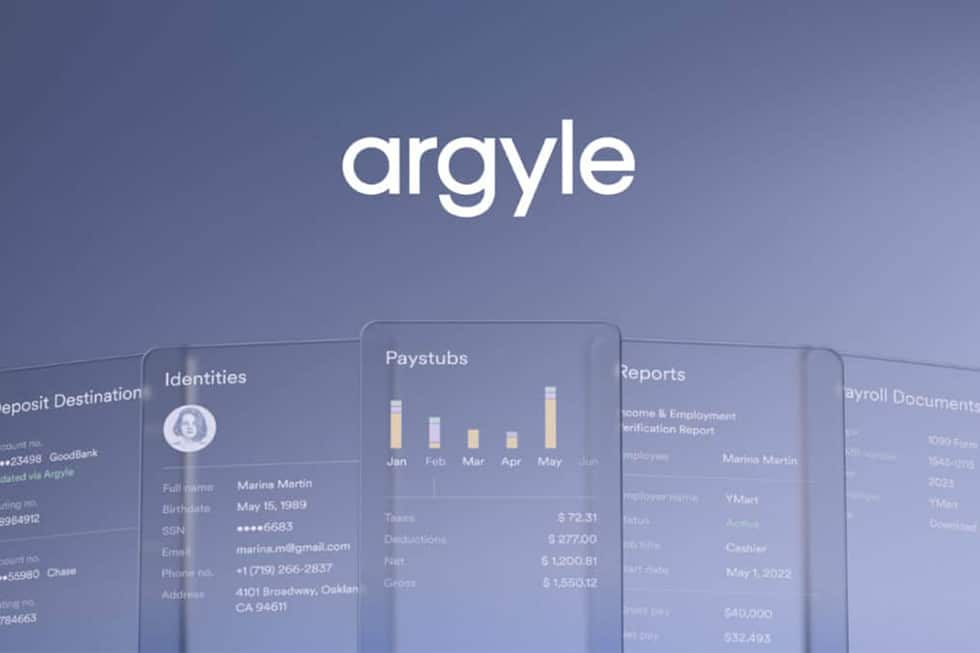This post was also published on FinTECHTalents
In an iconic movie movement, Morpheus (played by Laurence Fishburn) presents Neo (the infamous Keanu Reeves) in The Matrix two possibilities: A blue pill that will take him back to his comfortable, familiar reality and a red pill that will expose him to a world of truth.
We all know which choice he made.
The 1999 sci-fi action thriller popularized new special affects techniques and created a franchise still going strong today. But perhaps it also subtly foreshadowed something else we never expected: That an alternate reality world could in fact emerge in our lifetime. That is now the Metaverse.
The Trillion Dollar Virtual Elephant
Buzzwords aside, the Metaverse is the $8 trillion elephant sitting in our virtual reality living rooms. Ever since Facebook rebranded itself to Meta and announced it’ll focus on “bringing the metaverse to life”, companies of all shapes and sizes have rushed to become a part of this new world. As of this writing, the metaverse is experimental at best; an emerging market with potential that is simultaneously massive and murky, particularly for the banking and financial services sectors. Still, this hasn’t stopped traditional financial institutions from following Neo’s path straight into what Morpheous described as “wonderland.” JP Morgan Chase has been experimenting in Decentraland, a 3D virtual world and marketplace in the matrix metaverse. Not to be outshined, HSBC purchased a nice plot of virtual land in The Sandbox, another virtual world in the metaverse better known for gaming.
While the technology and the potential for what the metaverse could bring are still in development, early adopters are encouraged by its tremendous potential. After all, the metaverse ecosystem is a new frontier where techies, celebrities, sci-fi aficionados, and digital assets collide to create what we all hope will be a world as unique and as interesting as The Matrix itself (though, let us hope a bit less dystopian).
Grab your trench coats, banks. We’re going to the Metaverse!
Whether it’s rapper Snopp Dogg buying virtual land or Nike quietly filing trademarks with the intent to make and sell apparel in the metaverse, it’s clear that banking will be a massive part of this ecosystem. That is, if financial institutions play their cards right. With cryptocurrencies as the dominant payment infrastructure within the metaverse, it’s only prudent for banks to start preparing for this new virtual world now.
To achieve this, banks must evaluate the opportunities that lie within the metaverse. According to tech strategy consultant and investor, Samrat Kishor, “the metaverse is best experienced with commerce as one of its core values.” With this in mind, the possibilities for banks start with:
Payments
Experts view this virtual matrix as a key driver of NFTs. It will ultimately redefine ownership whilst reshaping how consumers interact with banks and their digital wallets. However, in order for transactions to occur in the metaverse, a reliable payments infrastructure is needed. Consumers are already accustomed to digital banking capabilities and look to their financial institutions to protect their transactions and investments. Blockchain technology and Web 3.0 will enable the payments and banking infrastructure of the future. Inevitability, fintechs will also enter the space and partner with banks to ensure payment applications work seamlessly between virtual worlds.
Lending
If you thought buying property in our current world was tough, try doing it in the metaverse. Fintech expert and influencer Ron Shevlin observes that buying virtual real estate is a lot easier – and riskier – than buying one here on Earth. Still, that hasn’t stopped early adopters from purchasing virtual property. Metaverse real estate increased 700% in 2021. Landowners can populate their virtual property with more digital assets, build gaming experiences for other gamers, and turn a profit. Given this, banks shouldn’t shy away from commercial metaverse lending. As Shevlin points out in a recent article “Banks have developed a competency in evaluating real real estate lending. Smart and entrepreneurial banks will develop the capability to evaluate virtual real estate lending, as well. Many of the same principles apply to both types of assets.” Establishing branches and setting up billboards in the metaverse will have little effect on users and gamers. Establishing financial capabilities, like lending, within this space will position banks as a significant player in the new world.
Borderless Collaboration
Having a workforce available at our fingertips without the need for emigration and paperwork is perhaps a major benefit of the metaverse of the future. In the current era of remote and hybrid work environments, the metaverse has the potential to bring employees, customers, and partners together without the cost and hassle of travel or renting out elaborate meeting spaces. Keeping employees engaged through an immersive 3D experience is one way to combat the challenges of the “Great Resignation,” but more importantly, it paves the way for banks to tap into new talent and work seamlessly with its partners across borders. This is a necessary way forward for financial institutions and other sectors to create and co-exist in the metaverse. Financial institutions are still not equipped to dive in headfirst into decentralized finance and blockchain technology. It will require a hefty investment and partnerships with faster, more agile fintechs and start-ups to make employee and customer engagement in the metaverse scalable and successful.
The Red Pill into Wonderland
Remember the early days of the Internet? Before we could carry tiny computers in our pockets [i.e. the mobile device] that connects seamlessly to Wi-Fi and hotspots, we first needed dial-up internet. Prior to that, we needed a communications protocol known as Transfer Control Protocol/Internetwork Protocol (TCP/IP) to enable these large, bulky computers to talk to each other. Simply put, one thing could not exist without the other, and all that took decades to achieve. Likewise, the metaverse could not exist without blockchain technology or the rise of NFTs, Ethereum, and other digital assets. One dot connects to the other.
We might be decades away from experiencing the metaverse the way we now experience our mobile phones and the Internet but the promise is strong. Sitting around and waiting for a new development will only ensure banks fall farther behind in an ever-evolving, Matrix-like world. Take the red pill into wonderland, banks.





